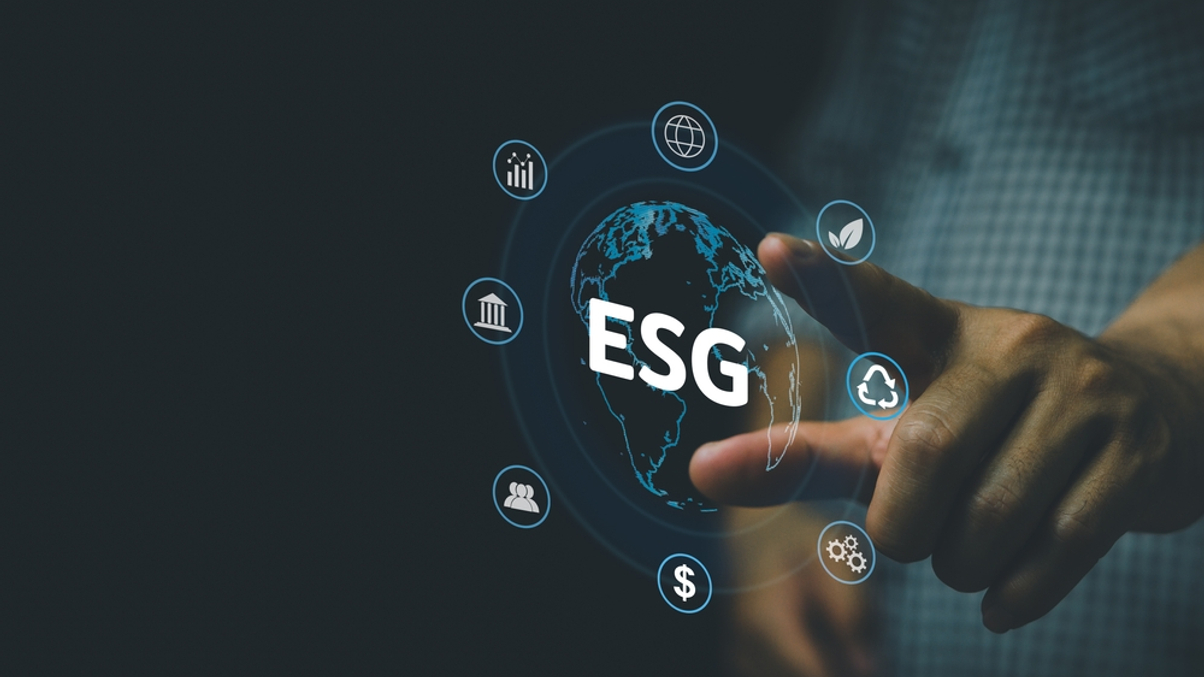ESG with Chinese characteristics? Ping An upgrade puts green scores in context
China has its own green taxonomies. So Ping An has devised a framework that finally compares apples with apples.

One of China’s largest asset owners, Ping An Insurance, has recently upgraded its proprietary ESG evaluating and scoring system, adding indicators that will better assess portfolio performance based on China’s green taxonomy and latest policy developments.
Sign in to read on!
Registered users get 2 free articles in 30 days.
Subscribers have full unlimited access to AsianInvestor
Not signed up? New users get 2 free articles per month, plus a 7-day unlimited free trial.
¬ Haymarket Media Limited. All rights reserved.


